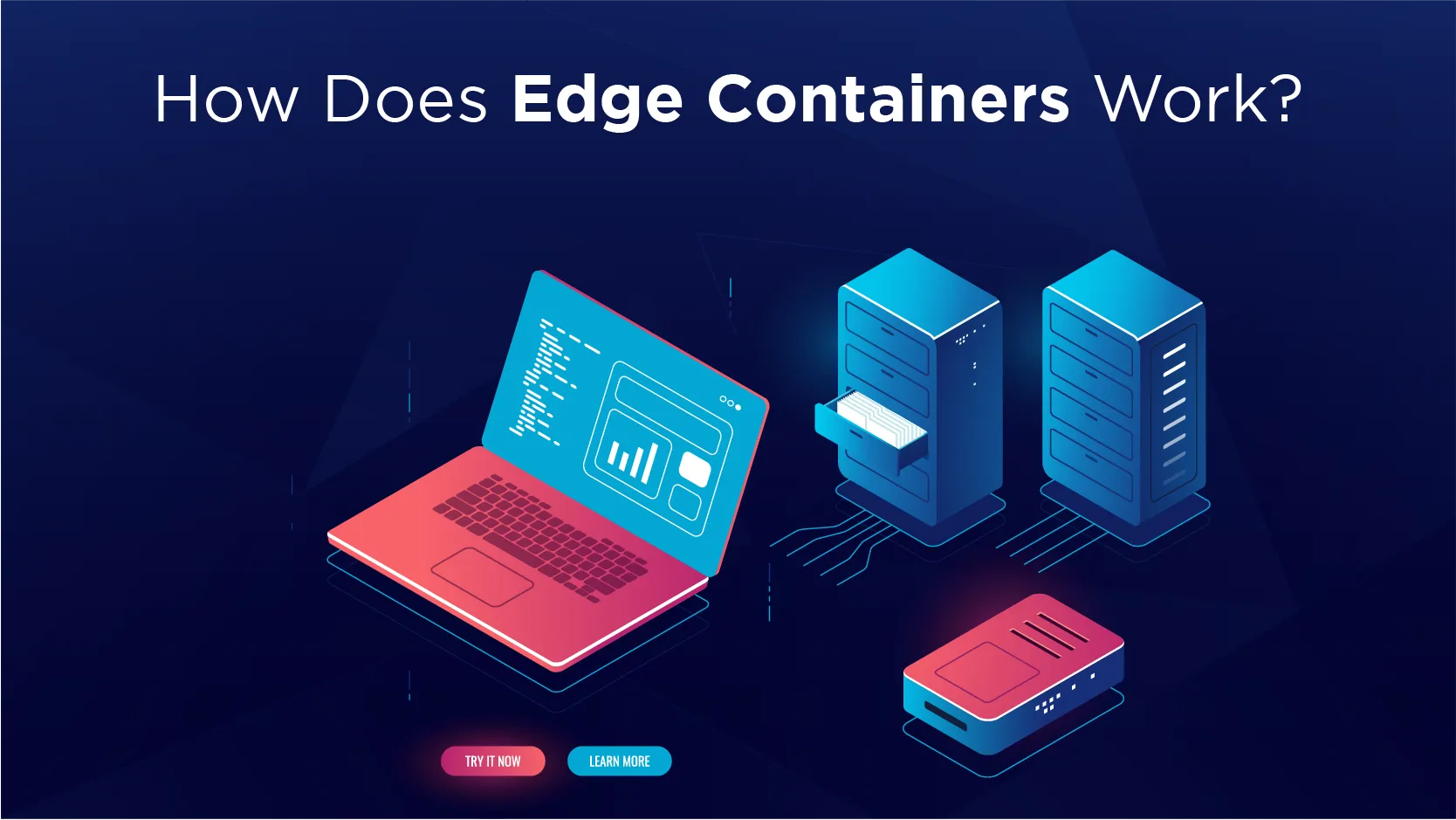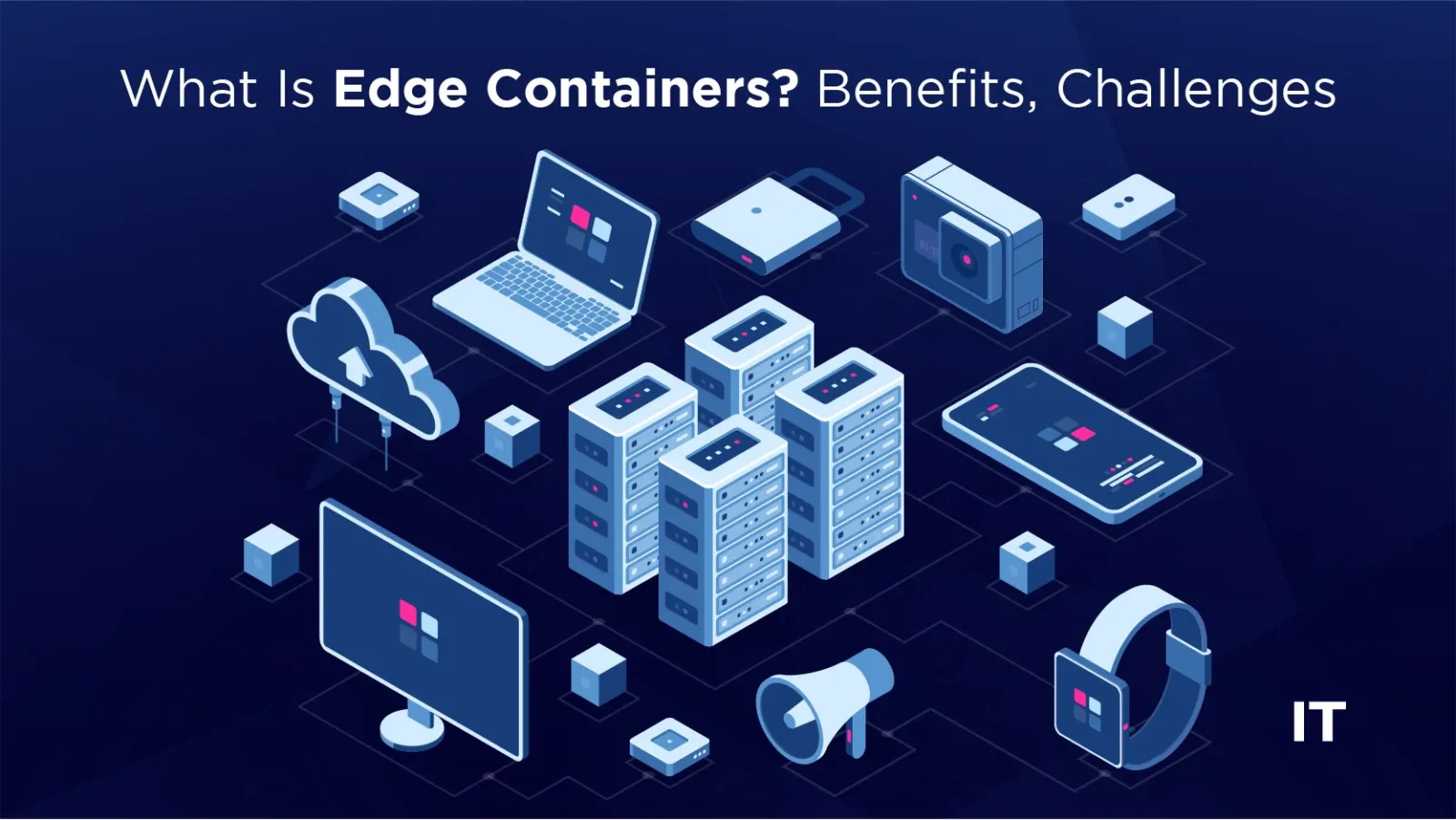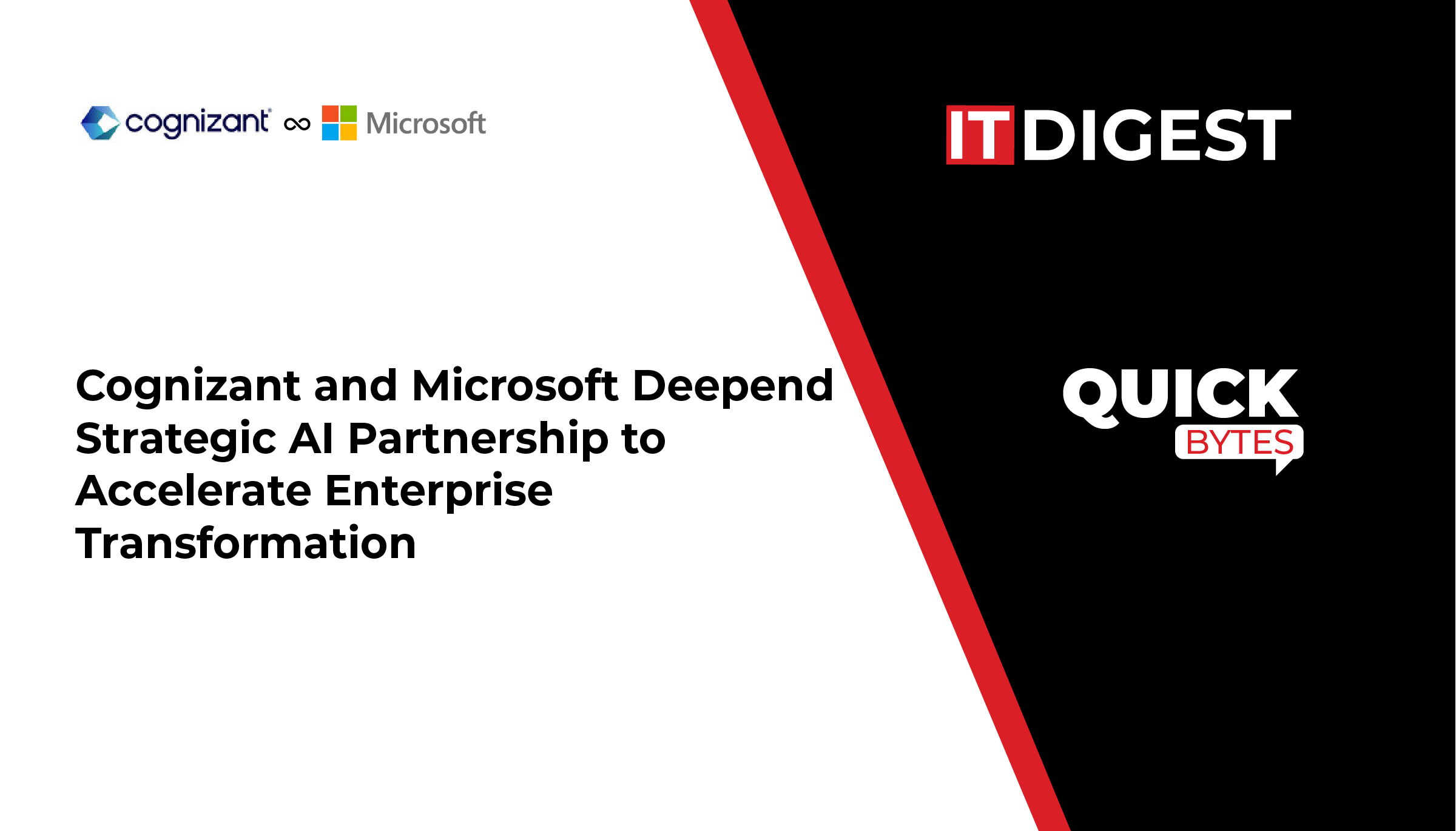In modern computing, where speed, efficiency, and real-time responsiveness are paramount, edge containers have emerged as a transformative technology. As industries embrace the era of edge computing, where data processing occurs closer to the point of data generation, these containers play a pivotal role in enabling agile and scalable solutions. The market size for edge computing globally in 2027 is estimated to reach $350 billion.
These containers, leveraging the flexibility and portability of containerized applications, are strategically deployed at the network’s edge—closer to end-users and devices. In this blog, we explore its fundamentals, applications across various industries, key benefits, challenges, and more.
What Are Edge Containers?
 Edge computing and container technology are used to create edge containers. Software packages that are simple to distribute and launch, containers are a good fit for edge computing solutions. The location of cloud and edge containers is the primary distinction between them. Although cloud containers operate in remote data centers, these containers are situated nearer the end user at the network’s edge.
Edge computing and container technology are used to create edge containers. Software packages that are simple to distribute and launch, containers are a good fit for edge computing solutions. The location of cloud and edge containers is the primary distinction between them. Although cloud containers operate in remote data centers, these containers are situated nearer the end user at the network’s edge.
Also Read: Will Quantum Computing AI Be the Next Big Thing?
Here are some key points:
- Location: These are deployed at geographically diverse points of presence (PoPs) at the edge of the network, providing higher availability compared to traditional cloud containers.
- Communication and Reliability: Such containers are always running and ready to accept requests, eliminating cold startup Their proximity to end-users reduces latency and ensures fast, reliable communication.
- Efficiency: By leveraging edge computing, these containers optimize operations and reduce network charges associated with centralized applications. Processing data closer to the user reduces bandwidth requirements.
- Compatibility: It can be developed and managed using familiar container technologies like Docker. This allows developers to use the same tools they are already familiar with, without the need for retraining.
Use Cases of Edge Containers
Here are some notable examples:
- Online Gaming: Edge-based containers enhance online gaming by reducing latency and handling peak loads efficiently. Placed closer to players, they significantly improve the player experience.
- Real-time Applications: These excel in latency-sensitive applications like augmented reality, virtual reality, multimedia streaming, and communication platforms. By processing data near users, they ensure faster and more reliable communication.
- Industrial IoT: In industrial IoT, such containers preprocess and filter IoT data on devices like routers, minimizing the need for data transmission to centralized cloud servers and enhancing operational efficiency
- Legacy Protocol Integration: Edge containers connect and manage legacy protocols such as Modbus or CAN bus, consolidating systems at the edge to improve efficiency and reduce latency in applications like industrial IoT and building management.
- CI/CD Builds: Utilizing off-peak hours and low traffic levels, these containers support continuous integration (CI) builds closer to the edge. This approach reduces build times and optimizes resource utilization in data centers.
- Edge Computing and AI: Crucial in edge computing and AI integration, edge deploy AI models at the edge for real-time data processing. This capability supports domains such as autonomous vehicles, healthcare, and smart cities, enabling rapid decision-making based on local data.
How Does Edge Containers Work?
 Edge containers leverage the simplicity and flexibility of containerized applications, making them ideal for edge computing solutions. Unlike traditional cloud containers, which operate in centralized data centers, these containers are strategically deployed at geographically diverse points of presence (PoPs), closer to end-users. This proximity minimizes latency and enhances availability, crucial for applications requiring rapid decision-making and real-time responsiveness.
Edge containers leverage the simplicity and flexibility of containerized applications, making them ideal for edge computing solutions. Unlike traditional cloud containers, which operate in centralized data centers, these containers are strategically deployed at geographically diverse points of presence (PoPs), closer to end-users. This proximity minimizes latency and enhances availability, crucial for applications requiring rapid decision-making and real-time responsiveness.
The key advantage lies in their location, enabling them to utilize the same familiar tools as cloud containers. Developers can leverage their existing Docker expertise seamlessly for edge computing applications. Organizations manage edge containers through various methods such as Web UIs, terraform scripts, or management APIs, ensuring efficient deployment and operation.
Monitoring and optimization of these are facilitated through probes and real-time metrics analysis, allowing organizations to maintain performance and reliability across distributed edge environments effectively.
Challenges of Edge Containers
- Real-Time Operating System (RTOS) Limitations: Most container technology is designed to operate on the Linux kernel, which is not an RTOS. This can pose challenges in meeting strict real-time requirements in certain edge computing scenarios.
- Management Complexity: Managing edge computing and containers can be complex, particularly in environments with numerous edge devices. Container orchestration platforms like Kubernetes can streamline container management in edge environments, simplifying deployment and operation.
- Network Operations and Reliability: Effective deployment and management of containers at the edge necessitate a robust network infrastructure and skilled operations team. Organizations lacking dedicated network operations teams may encounter difficulties ensuring the availability and reliability of edge container deployments.
- Security and Governance: Edge locations typically have lower security and less reliable network connectivity than centralized data centers. Securing and governing edge container deployments requires robust remote management capabilities and stringent security measures to mitigate risks effectively.
- Resource Constraints: Edge devices often have limited resources such as processing power, memory, and storage. Optimizing containerized applications to operate efficiently within these constraints presents a significant challenge, requiring careful resource management and optimization strategies.
Navigating these challenges effectively is crucial for organizations leveraging edge computing and containers to maximize efficiency, reliability, and security in their operations.
Final Thoughts
Edge containers offer a powerful solution for deploying and managing applications at the edge of the network. They enable low-latency processing, improved performance, and efficient resource utilization. However, implementing such containers comes with challenges, including managing complex deployments, addressing resource constraints, ensuring network reliability and security, and overcoming the lack of technical expertise. Despite these challenges, the benefits make them a compelling choice for use cases that require real-time processing, reduced latency, and optimized operations.

































